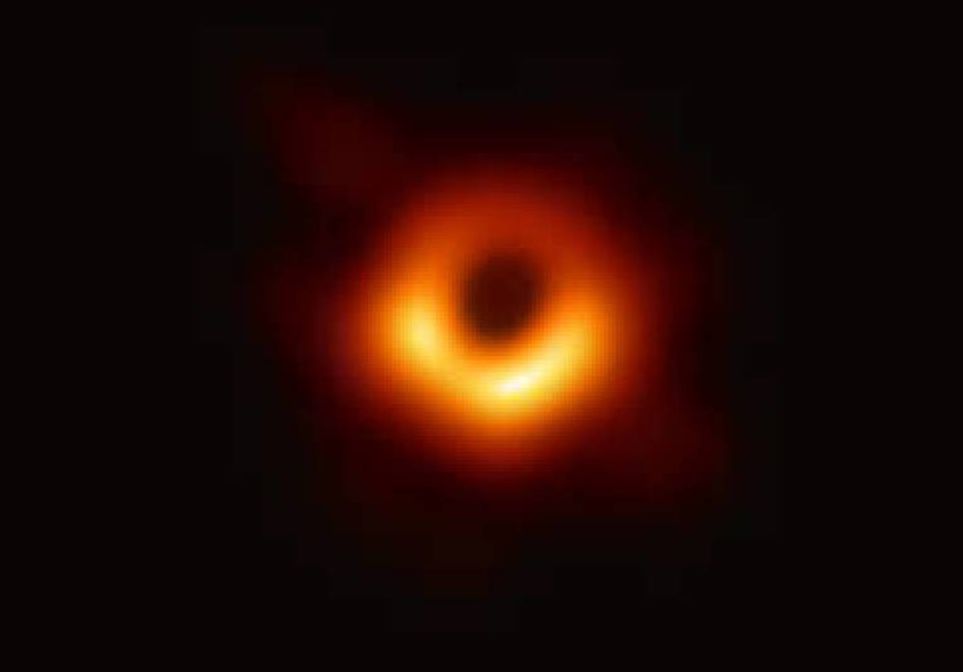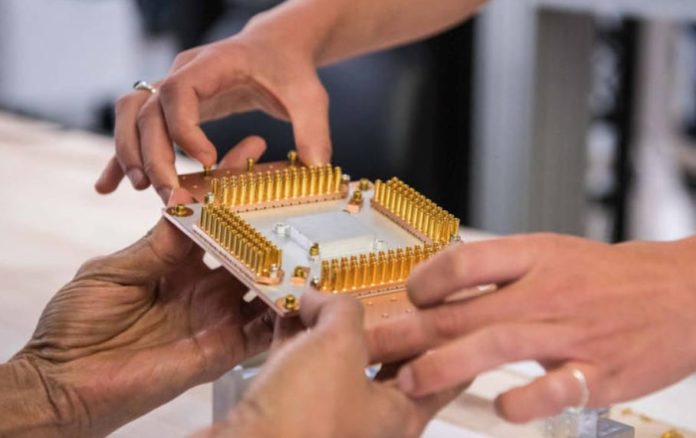It is likely that at this point journalists already have more than boring readers with the best and worst of 2019, but today we want to provide a different vision. It is not about archiving the science and technology news that will remain for the memory, but to find out what can mark our future and that of humanity.
There are large projects resulting from international collaboration, but also more modest laboratory work with enormous potential. There are advances in the field of technology that we still do not know what they will be applied and others, in the field of health, that are already beginning to save lives. Let’s start
Quantum computing
In October came one of the achievements and one of the controversies of the year. Google announced that it had achieved the coveted quantum supremacy, the moment when quantum computers are able to perform impossible calculations with conventional computers. An article published in Nature seemed to prove it: a calculation was raised that the most advanced classical supercomputer would have taken 10,000 years to solve, while the quantum hardware that a team led by John Martinis has developed in three minutes and 20 seconds.
However, IBM, which is its great rival in this field, questioned the achievement. They say that a conventional system only took two and a half days to complete the task that Google assumed and did so more effectively.
In any case, it is clear that 2019 has definitely launched the quantum computing career. The bits, which only represent ones and zeros, give way at least in the field of research to quantum bits or qubits, which represent both at the same time. This multiplies exponentially the capacity of computers.
The ‘Spanish laser’, the cover of Science
Not every day Spanish scientists get their work ported in Science. Last June the Research Group on Laser and Photonics Applications of the University of Salamanca (ALF-USAL) achieved it: they had discovered a new property of laser light that they called auto-torque. For the first time, they demonstrated that a laser can generate swirl-shaped light, such as whirlwinds, accelerating or slowing its propagation without external intervention. Everything happens in billionths of a second, as predicted by their calculations and simulations and as corroborated in experiments conducted in the United States. In addition to generating this new laser light, Spanish researchers established how to measure it.
This field is so advanced and innovative that not even they know with certainty what applications it may hold in the future, but it will probably open up new possibilities of interaction between light and matter on a microscopic and nanoscopic scale and, with it, will give way to new technologies.
“If you look at the history of lasers, every time new properties have been discovered, applications have subsequently emerged,” said Carlos Hernández, one of the authors of the work. So it will probably be “ a unique tool to observe nature ”, in the sense that it will allow obtaining images on an extremely small scale, of the order of nanometers, one-millionth of a millimetre.
CAR-T therapies
In the field of health, 2019 has been especially a great year for the advancement of CAR-T therapies. Among the most promising strategies against cancer is immunotherapy, that is, getting the patient’s own immune system cells to help fight the disease, but within this approach, this method for the treatment of lymphomas and leukaemia has been specifically consolidated. It consists of extracting the T lymphocytes from the affected person, modifying them in the laboratory so that they can specifically identify and attack the tumor cells and reintroduce them into the body of the same patient.
While clinical trials continue to give good news, in Spain the first center that can practice this therapy was accredited and results were achieved. In April, the first success was announced at the Sant Joan de Déu Hospital in Esplugues de Llobregat (Barcelona): a 6-year-old boy from Alicante who suffered from acute type B lymphoblastic leukaemia was cured and returned home to live normal life after that conventional treatment had previously failed.
The human genetic edition
The year 2018 had ended with the shocking news of the birth of two Chinese twin girls who had been genetically edited when they were embryos with the CRISPR technique. The person in charge was He Jiankui, a scientist who since then remains unaccounted for. Meanwhile, he has left an imitator: the Russian Denis Rebrikov announced that he intends to conduct a similar experiment in the face of the rejection of the international scientific community. His idea is to modify the DNA of embryos of mothers with HIV to prevent the transmission of the virus.
Scientists believe that the technology is not ready yet and that the risks are too great. However, in October a new genetic editing technique was introduced that has been called “main edition” and that corrects up to 89% of the human genetic variants associated with diseases. Thus, in theory, many of the limitations that CRISPR has are overcome. There is still much to investigate to know the effects, but it seems that this field is progressing without stopping.
Artificial embryos
Another line of research that raises controversial ethical issues is starring a Spaniard who has also made progress this year. Juan Carlos Izpisúa, who works at the Salk Institute in the United States, has managed to develop an artificial embryo from a single cell in a mouse’s ear. It is the first embryo that is obtained from an adult cell and this opens up numerous possibilities, for example, avoiding the use of natural embryos for experimentation.
Specifically, the researchers in his laboratory have managed to reprogram it and result in a hundred cells grouped in a similar way to the embryonic development that would lead to the birth of a new rodent.
However, his experiment does not give rise to functional embryos. Its objective is to study embryonic development and, in the future, to test drugs in artificial human embryos. Another of Izpisúa’s goals is to generate organs for transplants.
Another approach against malnutrition
While some scientists are engaged in fields that still sound like science fiction, others fight with a dramatic reality that needs to be resolved. Millions of children suffer from malnutrition in the world and sometimes it is not enough to give them food, because they do not recover completely and are still sick. For years, a research team studied what was happening until they found out that the problem was in the intestinal microbes, unable to mature after the episode of malnutrition.
The scientists identified the bacteria involved and were tested several combinations of foods that are easily found in developing countries to see how they responded. Foods such as powdered milk and rice, which are usually among the most common of humanitarian aid, do not help much to ripen the gut microbiome, while others more accessible in many countries, such as chickpeas, bananas and soy flour and peanuts, they do that function, Therefore, the results of this research , published in July, can be essential to end malnutrition in the world.
The first image of a black hole
Both Nature and Science agree to highlight the first image of the black hole among the great achievements of the year. The Event Horizon Telescope (EHT) project managed to combine data from many different terrestrial observatories and send them to supercomputers that finally built the image as if it were a single telescope the size of the entire planet and they showed it to the world last April.

However, regardless of what the great scientific journals say, the common one of mortals can consider that this photo of the black hole of the Messier 87 galaxy, located 55 million light-years – in addition to disappointing – is nothing more than a scientific curiosity What is useful for the future?
Physicists and astronomers believe that it is a milestone because it provides key information about these mysterious objects of the universe and, along with other recent advances, such as the detection of gravitational waves, is the beginning of a new era in its study and in the investigation of the cosmos usually. From now on, the radio telescope network that has made it possible will grow, some theorems may be validated, the rotation of black holes and the X-ray bursts that occur when they absorb materials will be studied. Space is no longer what it was.
